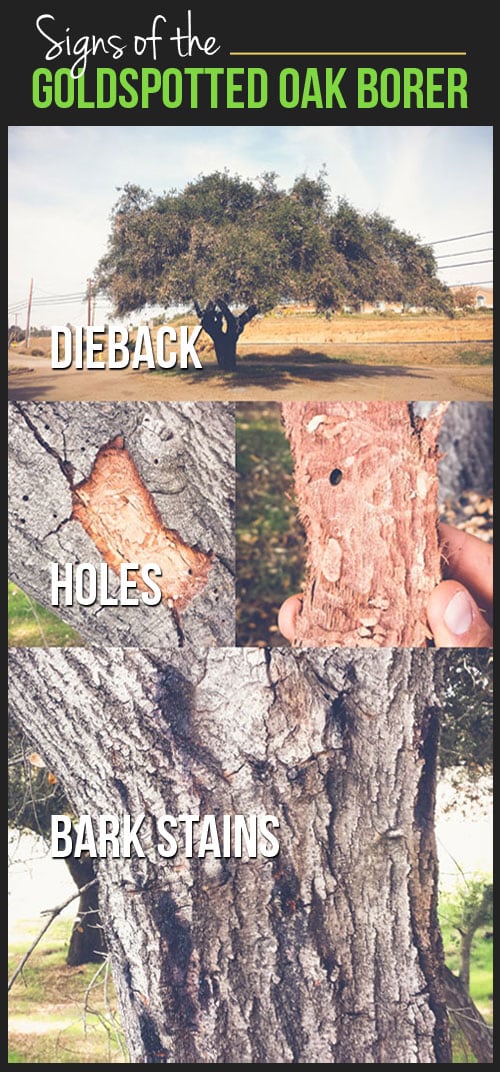Post-Tree Removal Care: Just How To Recover Your Landscape Properly
Post-Tree Removal Care: Just How To Recover Your Landscape Properly
Blog Article
Write-Up By-Graham Massey
After a tree's removal, your landscape may look rather various, and it's important to analyze the aftermath carefully. You'll want to assess the dirt disruption and inspect bordering plants for any type of signs of stress. Neglecting these factors can cause bigger problems down the line. So, what should you perform with those stumps and roots? And how do you pick the best plants for your rejuvenated room? Allow's discover these important steps.
Analyzing the After-effects: Evaluating Your Landscape
After a tree elimination, it's crucial to evaluate your landscape to comprehend the influence it carries your lawn.
Start by taking a look at the location where the tree stood. Try to find indications of dirt disturbance, and inspect the surrounding plants for any type of tension or damages.
You must likewise bear in mind of how the elimination has changed sunshine direct exposure and air movement in your garden. This change can affect the development of nearby plants, so it's important to re view their health.
Take into learn the facts here now might produce an open space that you can revamp.
Lastly, think of any kind of prospective disintegration problems that may occur from the tree's absence. Dealing with these variables early will aid restore equilibrium to your landscape.
Dealing With Stumps and Roots: Alternatives for Elimination
As soon as you've analyzed the after-effects of the tree removal, you'll likely require to tackle the stump and roots left.
You have a couple of alternatives for removal. One efficient method is stump grinding, where an expert makes use of a device to grind the stump to below ground degree. This approach leaves minimal interruption to your landscape.
If you favor a do it yourself technique, you can make use of a combination of digging and chemical stump removers. Just bear in mind, this procedure can take time and initiative.
Alternatively, take into consideration leaving the stump as a natural function, which can function as a special garden element or habitat for wild animals.
Whatever you select, attending to the stump and roots is necessary for restoring your landscape.
Choosing the Right Plants for Your New Space
As you examine your newly cleared space, selecting the right plants can substantially improve your landscape's beauty and functionality.
Beginning by taking into consideration the sunshine and dirt conditions. For sunny locations, select drought-resistant plants like lavender or succulents. In shaded areas, ferns and hostas prosper well.
Think of the size and growth practices of your plants; mix perennials and annuals for seasonal selection. Do not neglect to integrate native varieties; they need less upkeep and support neighborhood wild animals.
Team plants in weird numbers for a more natural appearance and develop layers for visual deepness.
Finally, ensure you have a mix of colors and appearances to maintain your landscape vivid throughout the periods.
Satisfied planting!
Verdict
In conclusion, restoring your landscape after tree elimination is a fulfilling process. By assessing the consequences, resolving stumps and roots, and choosing the right plants, you'll develop a successful setting. Do not fail to remember to integrate disintegration control measures to protect your dirt. With a little effort and treatment, you can change your area into a dynamic yard that enhances your home. Welcome the possibility to invigorate your landscape and take pleasure in the charm of nature right in your backyard!
